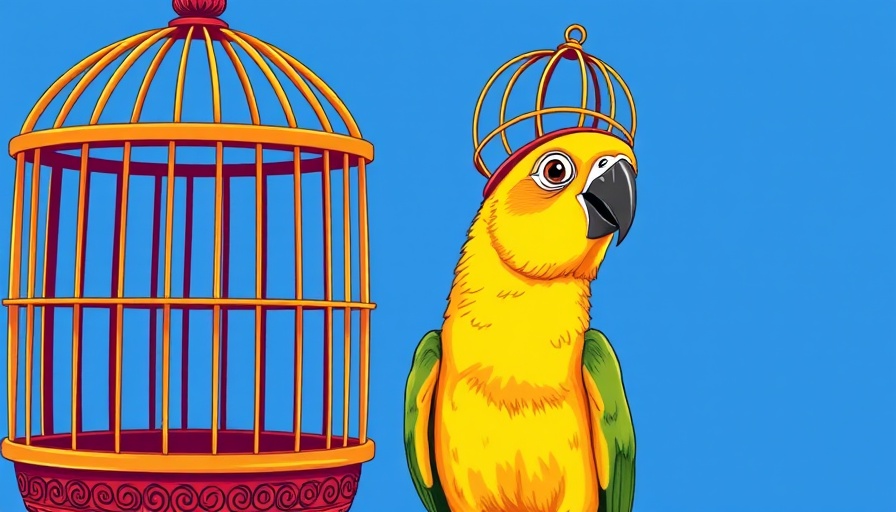
Redefining Freedom: The Illusion of Striving
For many of us caught in the relentless quest for happiness, enlightenment often appears like a distant star—forever out of reach yet illuminating our dark paths. The desire for inner freedom can feel like grasping for smoke; the harder we try, the more elusive it becomes. This idea resonates deeply with Marc Schröder's reflections on why he no longer seeks enlightenment. A seasoned achiever, Marc structured his pursuit of inner peace similarly to how he approached his career—methodically and with unwavering determination.
The Common Misconceptions about Enlightenment
One prevalent misconception is that enlightenment is a linear journey. Many believe that through dedicated effort, meditation, or adherence to spiritual practices, one can achieve a state of perpetual bliss. However, as Marc discovered, this quest often leads to frustration and disappointment. Instead of liberation, his relentless striving created more tension, revealing a truth that many fail to grasp: enlightenment is less about achieving and more about being.
Lessons from Real Life: The Push and Pull of Modern Living
In our fast-paced world, where productivity and achievement are celebrated, it's common to mimic these patterns in all aspects of life, even spirituality. Marc's experience highlights this challenge, as he initially approached meditation with the same goal-driven mindset that spurred his career success. Yet, his journey became a poignant reminder that learning to be present is a practice that shouldn’t be treated as a task to conquer. Instead, it must be embraced as a way of life that encourages letting go.
Finding a Balance: Living in the Moment
For many seeking mental balance in their lives, the key lies in shifting focus from striving to simply being. Marc's eventual recognition and embrace of his life’s simple truths changed his perspective dramatically. The idea of mindfulness has gained traction in wellness circles, and for good reason—being present anchors us amid life’s chaos. It nudges us toward a path where we can connect authentically with ourselves and others.
Encouraging Conversations about Mental Health
Marc's realization came, in part, through therapy. This emphasizes the importance of mental health awareness in our journeys. Regular conversations about mental health destigmatize the struggles many face, reinforcing that seeking help is a courageous step. Therapeutic settings can offer invaluable insights into understanding our patterns of existence and helping us weave narratives centered around well-being.
The Human Experience: Vulnerability and Growth
Another poignant lesson from Marc’s story is the value of vulnerability. Our culture often encourages us to hide our struggles, promoting a facade of relentless achievement. Yet, it is through sharing our vulnerabilities that we can find connection and healing. When we openly discuss our feelings and experiences, we create a community that fosters understanding and support, crucial for navigating the intricacies of life.
Inspirational Pathways: Moving Beyond Achievement
As we reflect on Marc's journey, it becomes evident that the search for enlightenment can transform when viewed through the lens of authenticity. Instead of chasing elusive goals, we can cultivate a sense of purpose rooted in our day-to-day experiences. Finding joy in small moments—whether through a walk in the park, engaging conversations, or even quiet contemplation—can lead us to a richer understanding of ourselves and what it means to live fully.
Conclusions: The Road Ahead
Marc’s insights remind us that the path to inner freedom is not about what we achieve; it's about how we experience life. By releasing the rigid structures of striving for constant happiness, we can embrace the beautiful, messy reality of being human. It invites us to practice mindfulness and engage with the world more deeply and authentically.
As you navigate your path toward mental balance, consider what goals you are chasing and whether they resonate with your authentic self. Reflect on how you can embrace the present, cultivate connections, and prioritize self-care, leading to a fulfilling and balanced life.
Your journey, much like Marc's, can inspire others—sometimes real freedom comes from sharing your vulnerabilities. So take a moment today, breathe, and let your experience be a light for those around you.
 Add Row
Add Row  Add
Add 




Write A Comment